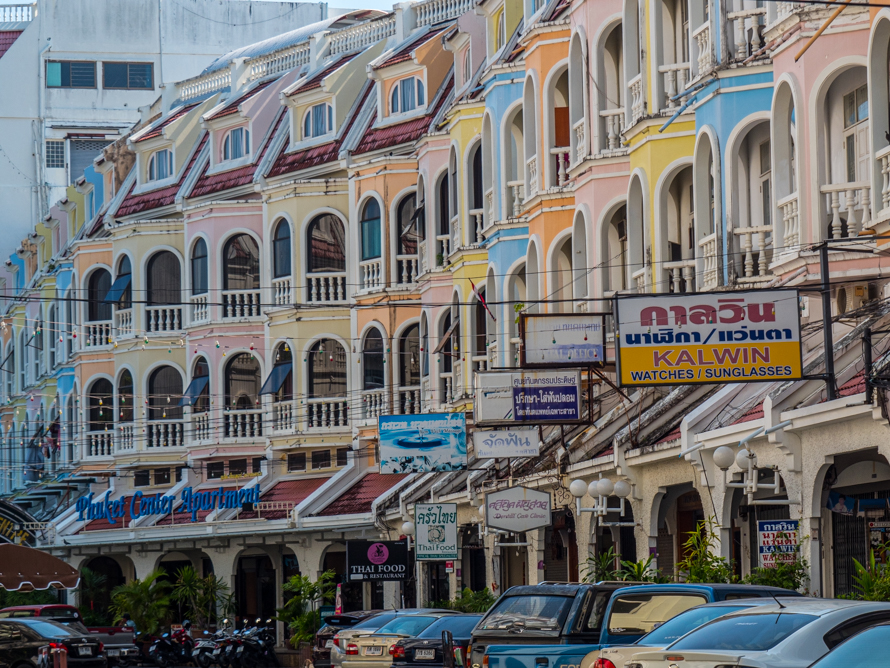Sino-European Buildings - Phuket

This architectural style commenced in the 16th century when Portuguese settlers employed Chinese workers to build their houses. Buildings currently standing in Old Phuket Town date back to the 19th and early 20th century when European and Chinese settlers played a significant role in Phuket's tin mining industry. A merging of cultures lead to a merger of architecture styles.


